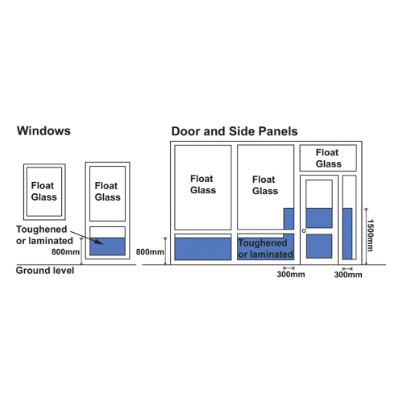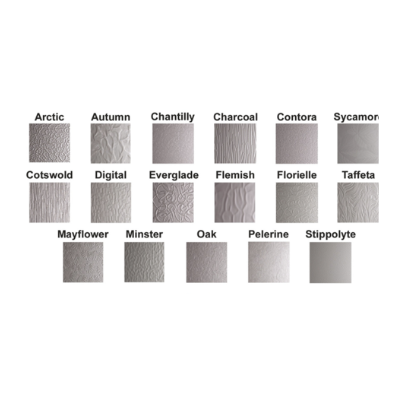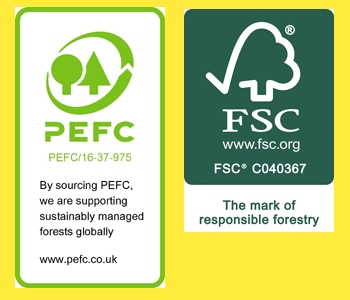Glass Building regulations
Glass building regulations are a set of standards and requirements that are designed to ensure the safety and durability of glass used in buildings. These regulations are put in place by various national and international bodies, such as building codes, safety standards, and industry organizations.
The regulations cover several aspects of glass usage in buildings, including the type of glass used, its thickness, and its installation.
The specific regulations and requirements may vary depending on the location and type of building, as well as the local building codes and safety standards. It is important for builders, architects, and contractors to be aware of the relevant regulations and to ensure that all glass used in a building meets the required standards.
NOTE: Our staff cannot sell you standard float glass if they know it is going to be used in a door. Pictured below are Building Regulation examples, Critical locations are shaded blue and must comply. Where only part of a glazing unit falls within a critical location, then the whole of the unit must comply.

Factors to consider
Some of the key requirements include:
Safety glass: Glass used in certain applications, such as doors, shower enclosures, and skylights, must be safety glass. Safety glass includes tempered glass, laminated glass, and heat-strengthened glass, which are designed to break into small, safe pieces when shattered.
Thickness: The thickness of glass used in a building is regulated to ensure that it can withstand the required loads and stresses. This includes the wind loads, snow loads, and impact loads that the glass may be subjected to.
Location: Glass used in certain locations, such as doors and windows, must meet specific requirements to ensure that it does not break or shatter easily. For example, the glass used in doors must be impact-resistant to prevent injury in case of accidental impact.
Installation: Glass must be installed in a way that ensures its stability and safety. This includes the use of appropriate framing, sealants, and support systems.








